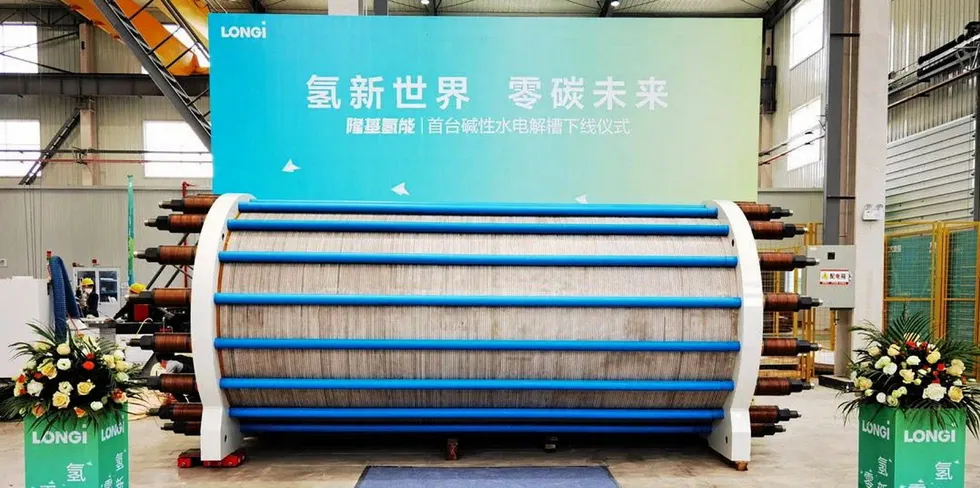Will US and European green hydrogen markets soon be flooded by cheap Chinese electrolysers?
OEMs in China have begun exporting electrolysis systems that are four times cheaper than Western-made equivalents, says BNEF

OEMs in China have begun exporting electrolysis systems that are four times cheaper than Western-made equivalents, says BNEF
